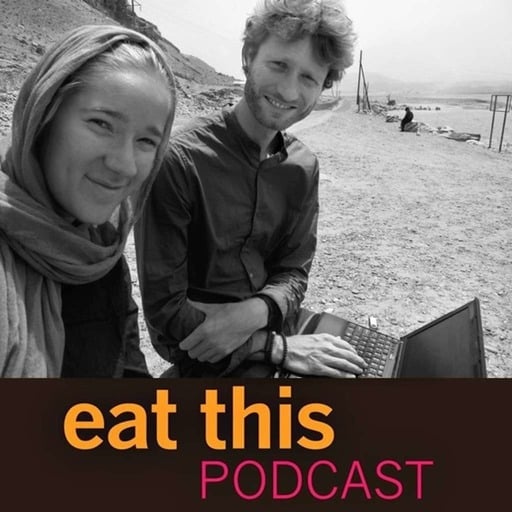
 The Pamir Mountains of Central Asia hold a fascinating diversity of food crops. Exploring the area in the early years of the 20th century the great Russian botanist Nikolai Vavilov became convinced that this was where “the original evolution of many cultivated plants took place.” Soft club wheat, with its short ears, rye, barley, oil plants, grain legumes like chick peas and lentils, melons and many fruits and vegetables; all showed the kind of diversity that Vavilov said pointed to the places where they were first domesticated. As he wrote, “it is still possible to observe the almost imperceptible transition from wild to cultivated forms within the area.”
The Pamir Mountains of Central Asia hold a fascinating diversity of food crops. Exploring the area in the early years of the 20th century the great Russian botanist Nikolai Vavilov became convinced that this was where “the original evolution of many cultivated plants took place.” Soft club wheat, with its short ears, rye, barley, oil plants, grain legumes like chick peas and lentils, melons and many fruits and vegetables; all showed the kind of diversity that Vavilov said pointed to the places where they were first domesticated. As he wrote, “it is still possible to observe the almost imperceptible transition from wild to cultivated forms within the area.”
Frederik van Oudenhoven first travelled to the Pamirs in 2007 to document what remained of that rich agricultural biodiversity. What he found was bewildering, until he began to talk to Pamiri people, and especially the older women, about their food and culture. The result is With Our Own Hands: a celebration of food and life in the Pamir Mountains of Tajikistan and Afghanistan, a new book by van Oudenhoven and his co-author Jamila Haider, that documents a culture that remains in danger of disappearing.
Notes
- With Our Own Hands is published by LM Publishers, who say it will be available from tomorrow, 7 July. If you think you might want a copy, order without delay; until tomorrow the price is reduced to €34.50 from €54.50. You can get a taste here.
- There are also a couple of scholarly articles online. Imagining alternative futures through the lens of food in the Afghan and Tajik Pamir mountains and Food as a method in development practice.
- Photos by Frederik van Oudenhoven. The banner shows an Afghan settlement in Darvaz, along the Panj River, in autumn, with yellow mulberrry trees and red apricots. the other picture is Frederik and his co-author Jamila Haider.


 Emissions
Emissions